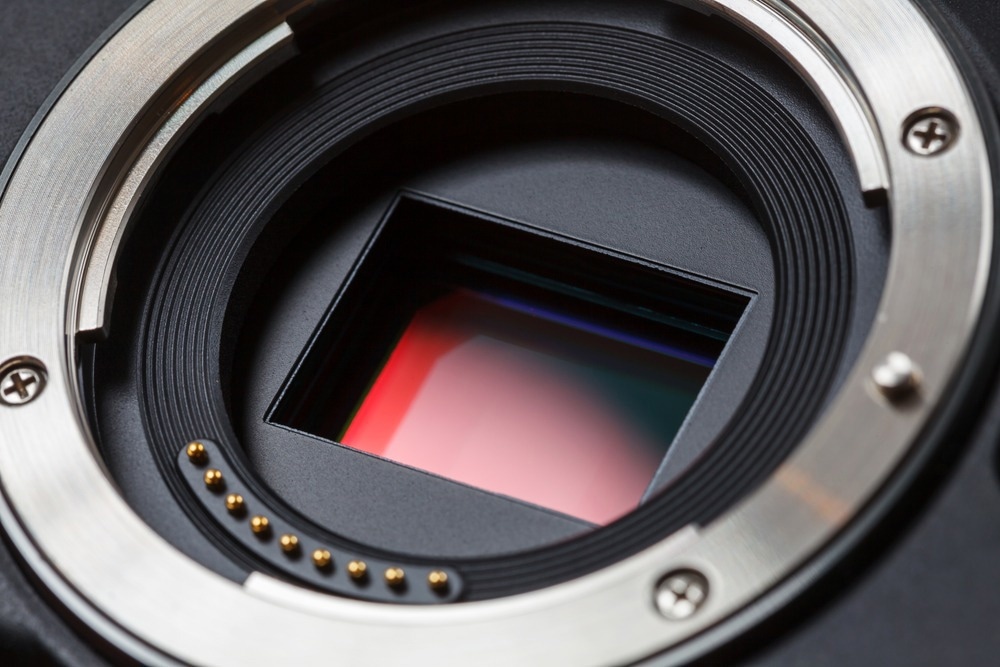A study published in Nature Communications demonstrated that it is feasible to track moving objects over a wide field of view with negligible processing costs by integrating the cross-correlations of the observed speckle pattern at different instances.

Study: Tracking moving objects through scattering media via speckle correlations. Image Credit: Alex Yeung/Shutterstock.com
Impact of Scattering on Image Production
Most optical imaging systems use a lens system to recreate an improved image of an object on the detector. This system requires light to travel in straight lines, but if the medium between the item and the detector is not homogeneous, the resulting image will be blurry or distorted due to scattering.
If the scattering is weak, a considerable fraction of the light is left unscathed and can be used to generate a clear image. The detected image can be restored if the exact distortion, the object's shape, or the image's appearance can be defined.
However, filtering out the undesirable signal and restoring an image through a strong scattering media is a significant challenge.
Optical Memory Effect and Speckle Pattern in Scattering Media
Restoring and filtering an image or signal through a scattering media can be achieved because universal correlations in light are independent of the scattering media.
In this regard, the optical memory effect reveals a remarkable correlation between the speckle pattern produced by coherent light passing through a surface of scattering media and the pattern produced by illuminating the surface at a different angle.
This is an effective imaging technique because it provides data about the light on the scattering media's concealed side without requiring any measurements. In particular, it enables the measurement of the hidden object's autocorrelation, which can then be inverted using the Gerchberg-Saxton algorithm to determine the object's shape.
However, this method is computationally demanding because there are no limits on the number of iterations needed to find the solution. Therefore, if elements in the scene are in motion, the autocorrelation inversion cannot be performed.
Tracking Moving Objects by Measuring Speckle Pattern at Different Times
A Helium-Neon laser beam was expanded and passed via a rotating diffuser to decrease its spatial coherence. This beam was then used to light up an animated scene on a digital micromirror device (DMD) or a reflective sample.
Finally, the reflected light was passed through a ground glass diffuser, and a CMOS camera captured the resulting speckled intensity pattern with a 3-second exposure time without any lens.
To achieve the desired outcome, the scattering layer was replaced with two layers of sellotape to lower the memory effect range while maintaining equivalent transmission.
Significant Findings of the Study
While imaging through a strong scattering medium remains unsolved, tracking an image has a significantly simpler solution. A suitable linear combination of speckle-correlated images at different intervals generates a human-interpretable sequence of frames that enables tracking in real-time, with minimal computing, without the requirement for a reference.
Since this technique's depth of field is unlimited, everything in the scene will look sharp and focused. In addition, the moving object to be tracked is not restricted to basic lateral movements but includes size changes, rotations, and deformations.
The size change can infer the directionality of motion relative to the scattering medium. Moreover, the speckle image axes, and all cross-correlations and autocorrelations, are reversed relative to the original scene due to the imaging system geometry. Although, it can be fixed by turning the images.
In addition, as the real function's autocorrelation is always centrosymmetric, it is always possible to detect relative movement with respect object's position at the reference time. However, the cross-correlation becomes challenging to interpret if the scene becomes complicated and contains more objects.
The optical memory effect's range decreases dramatically with thickness. Anisotropic scattering can expand the viable memory range. However, for scattering layers substantially thicker than the wavelength, the object's requirement to move within the memory range between two consecutive frames becomes quite limiting.
The moving object is constantly in the center of the image, with the stationary background shifting around it, essentially portraying movement from the moving object's frame of reference. In this case, the moving object can be tracked if it is close to at least one stationary background object.
The difference between two weak signals must be calculated because a fraction of the light travels through the scattering medium and reaches the camera. Therefore, sensitive and quick detectors with a wide dynamic range will be needed for real-world applications.
Reference
Jauregui-Sánchez, Y., Penketh, H. & Bertolotti, J. (2022) Tracking moving objects through scattering media via speckle correlations. Nature Communications. https://www.nature.com/articles/s41467-022-33470-y
Disclaimer: The views expressed here are those of the author expressed in their private capacity and do not necessarily represent the views of AZoM.com Limited T/A AZoNetwork the owner and operator of this website. This disclaimer forms part of the Terms and conditions of use of this website.